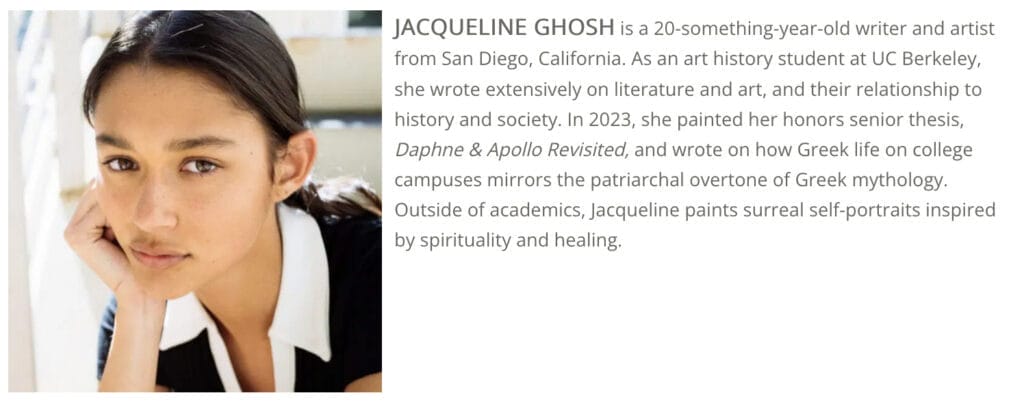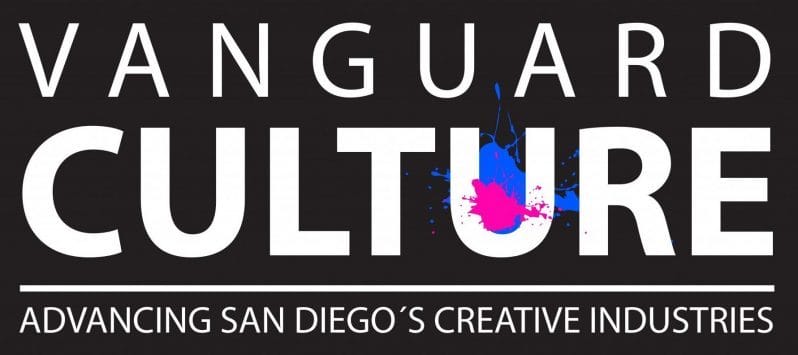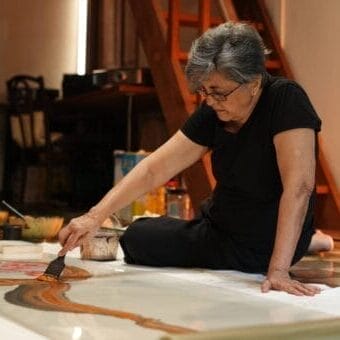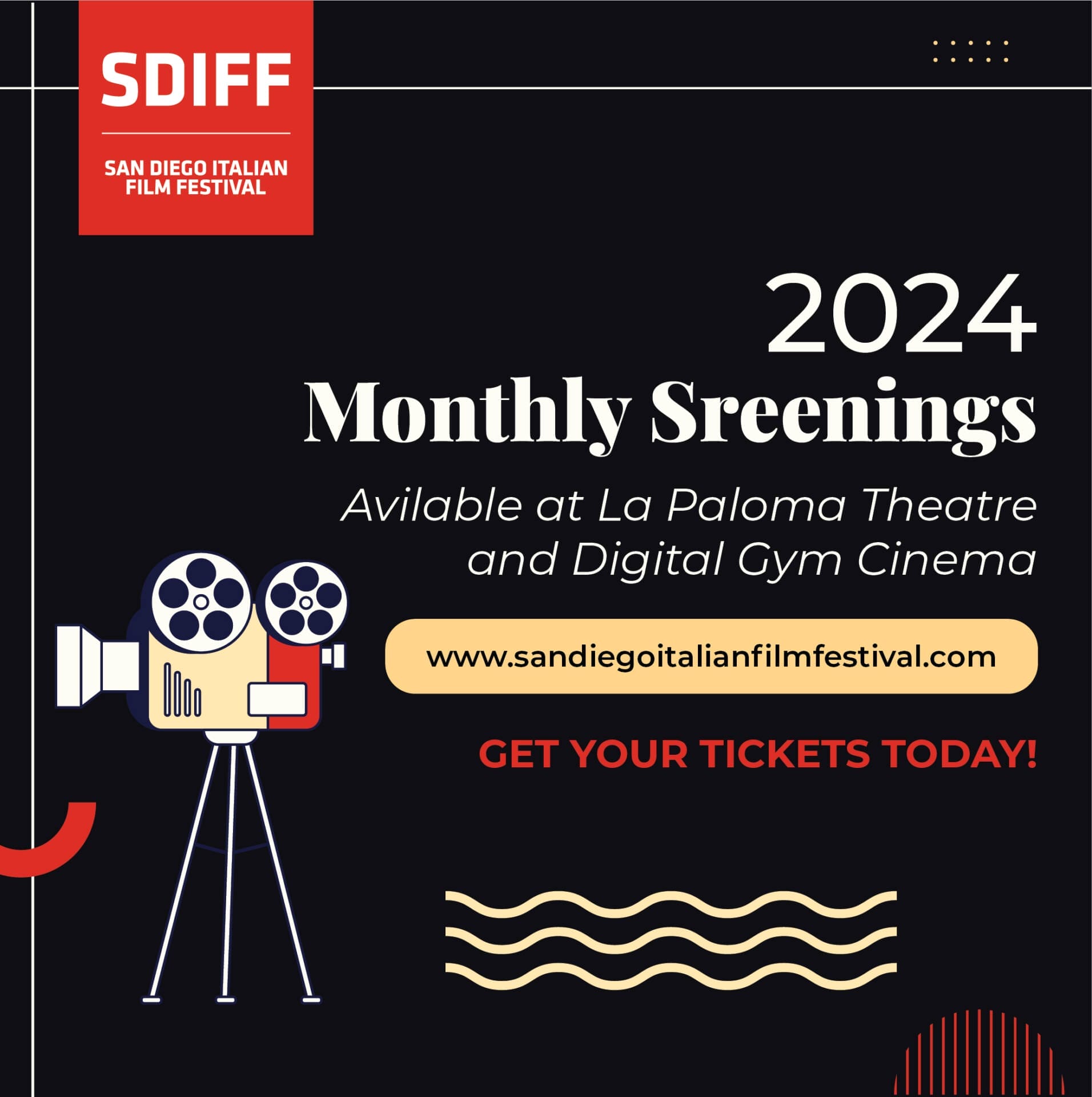By Jacqueline Ghosh
March 8, 2024
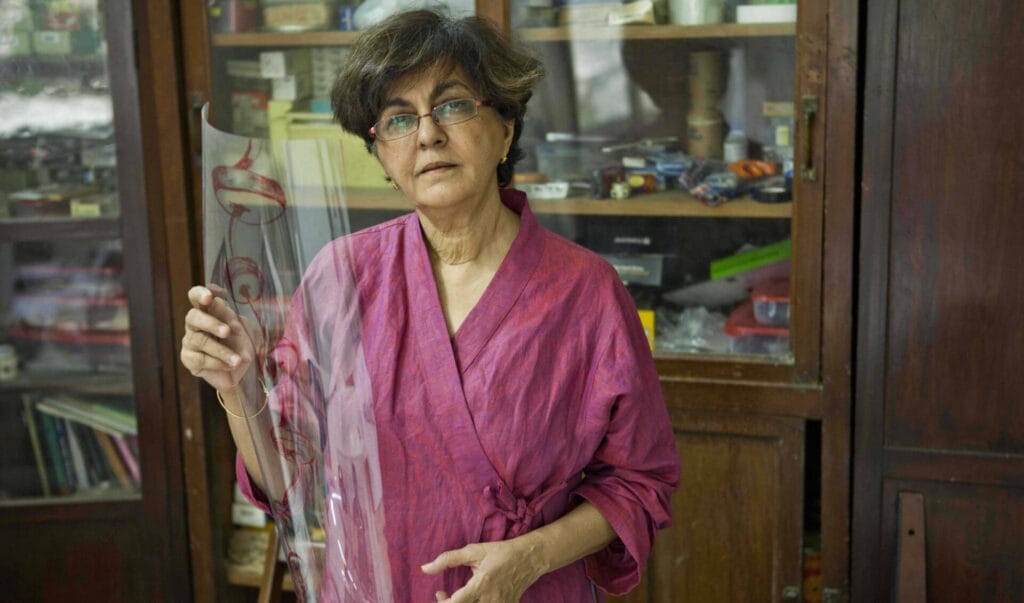
In 1946, Britain gave Sir Cyril Radcliffe five weeks to divide one country into two. Radcliffe had no experience making borders, was forced against his will, and had never been to the country in question. This was Britain’s master plan for the Partition of India.
After World War II, an economic crisis meant that Britain could no longer afford an empire abroad. The European country needed to leave as soon as possible. So it did, irrevocably fracturing India in the process. During its occupation, Britain incited animosity between religious groups to prevent them from uniting against their colonizer. The Partition crudely divided India along religious lines, creating the Islamic Republic of Pakistan and the secular state of India. Riots, abductions, and slaughter erupted at the new borders.
In the same year, Nalini Malani was born to a Sikh mother and Theosophist father in Sindh, where Mulsims and Hindus had once coexisted peacefully. When Sindh became a part of Pakistan, religions clashed. “And then the riots started,” Malani says, recounting how she and her mother fled from Sindh to Kolkata. In India, they were now refugees. “Everything we had was lost.”
In 2023, Malani would win the most highly esteemed award in the field of Art and Philosophy, the Kyoto Prize. As a Prize Laureate, Malani will be presenting her work on Thursday, March 14th at UC San Diego. I had the honor of interviewing Malani in preparation for this historic event. First, she told me about the Partition, which foregrounds her vast canon of work. Then, she told me her story.
In the sixth grade, Malani became aware of gender inequality during English class. After learning that George Elliot was a female author disguised as a man, Malani began investigating how female writers were discredited because of their sex. This ignited an interest that would become the central theme of her career. Around this time Malani was introduced to illustration while drawing anatomical illustrations for biology class. In biology, “art was a very practical way to communicate,” she says. Fascinated, she wanted to be an illustrator for biological textbooks.
When Malani entered the Sir Jamsetjee Jeejeebhoy School of Art in 1964, the idea of an autonomous female artist was unheard of. “There were hardly any women artists, nor were there any possibilities of sales,” Malani tells me. “I had to aspire to be an artist, I had to work towards it. All I said was ‘I want to draw and paint,’ but ‘when will I become an artist?’ was for later.”
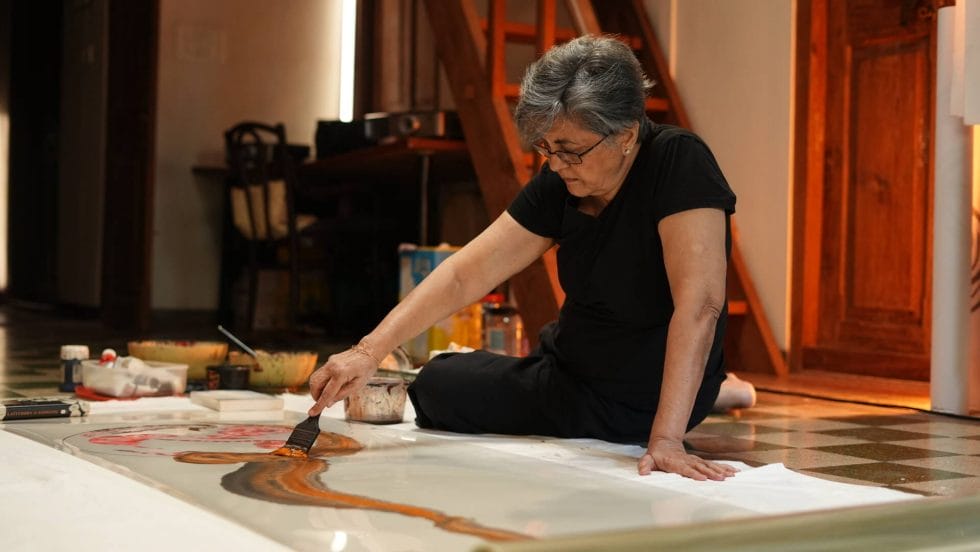
During this time, Malani observed the universal appeal of the moving image. “Hindi films were very popular, the cinema was always packed,” she explains. “I noticed that all types of people, not necessarily educated people, understood montage completely. These same people would never enter an art gallery. They would be daunted.” This led Malani to work with film, an art form accessible to all. She got to use a camera for the first time in the Vision Exchange Workshop (VIEW) in Mumbai after graduating from art school. Her first animation, Dream Houses, was inspired by Indian architect Charles Correa. Correa designed working class housing with open land around it for relocated farmers to tend vegetable gardens for self consumption. “I was very fascinated how architecture and social awareness worked hand in hand in this case,” she recalls. “I was very admiring and respectful of how this architect thought things through. […] This is how I came to work with the moving image.”
Sharing the stories of abused women is central to Malani’s mission. When I asked what she considers her proudest work, she told me about an ongoing series of 150 animations called Can You Hear Me?. This work tells the true story of Asifa Bano, an eight-year-old girl who was raped and killed by eight adults in a temple. The work honors Bano, tells her story, and illustrates the ubiquitous message of how women and girls bear the brunt of society’s failures. “The sign of the nation is marked on the bodies of the female,” she says. “The accouterments of religion, too, are worn by the female. The morals of society have to be upheld by women. If there is any slavery left it is women who are slaves.”

I asked Malani how she views her role as an artist and activist. “The kinds of rapes that are taking place in this part of the world just have to be addressed,” she laments. “Activism is secondary. As a human I’m just interested in saying ‘let’s make people aware.’” For a moment, she searches for words. “You know,” she continues, “it’s a feeling of helplessness, and how am I going to get people to look at these things in a manner that makes society more humanistic?” I can sense her grief, but Malani is not paralyzed by it. The pain fuels her.
Mythological women appear often in Malani’s work as metaphors for the present. In Homer’s Iliad, Apollo gives Cassandra the ability to predict the future. “Cassandra has, what I call, ‘female thought.’ She had a prognosis for the future, an instinctive idea.” However, Apollo curses Cassandra so that no one will believe her. When she warns her father that the Trojan horse will bring upon their death, he locks her away. “I always feel that the male [counterpart] is constantly pressing down on female thought. It is patriarchy, the alpha male’, that governs our societies today, and I think that’s pretty dangerous.”
Malani never shies away from blunt and honest truth. When offered a fellowship at the National Gallery in London, she was asked to create a body of work based on European paintings from the Gallery’s collection. First, she asked to choose the pieces she wanted to work with, and then “can I defile them?”. The resulting work, My Reality is Different, exposes the abuse of marginalized people that underpins European society. The viewer steps into a fully immersive space where hand drawn animations transform along every wall. The ethos of European excellence is deconstructed as the master European works change color, fragment, and disappear.
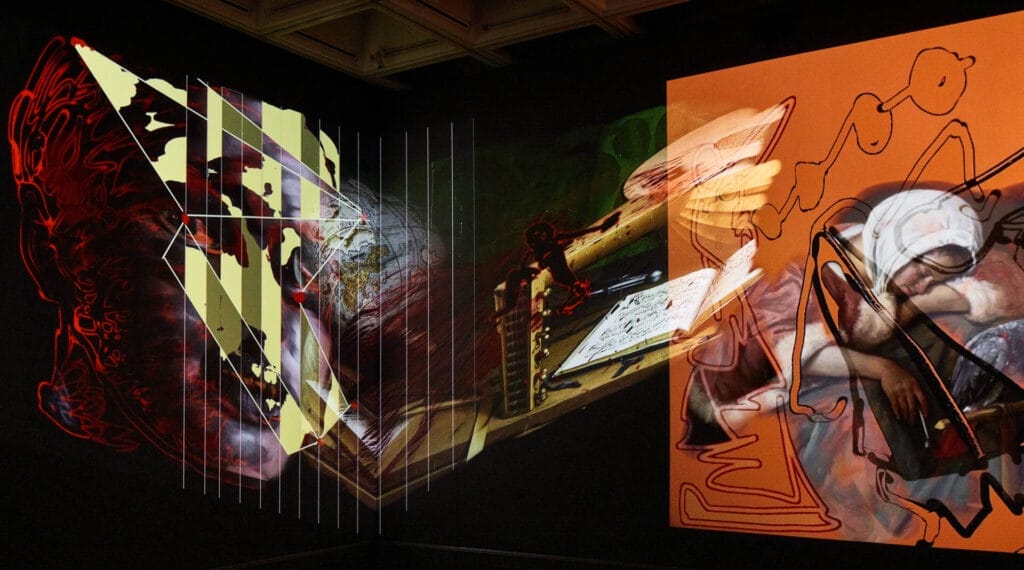
Malani’s remarkable ability to tell stories earns her recognition as one of the world’s greatest artists. Born into the aftermath of the Partition, inheriting a male-dominated world, she resiliently emerged with an unrelenting commitment to exposing the harsh realities faced by women and the marginalized. Her art has been exhibited across Asia, Europe, Africa, Australia, the Middle East, and North America. In 1985 she initiated the first exhibition of female Indian artists in India. She is a pioneer in every sense: elevating women, confronting systems of power, democratizing art, spearheading the way for generations of Indian women to come.
In 2023, Malani received the Kyoto Prize in Art and Philosophy. The Prize was created by Kazuo Inamori in collaboration with the Nobel Prize Foundation to honor disciplines that fall outside the Nobel’s scope. According to Inamori, the Prize’s purpose is to “contribute to the progress of the future of humanity while maintaining a balance between the development of science and civilization and the enrichment of the human spirit.” On March 14th, Malani will be in San Diego to deliver her presentation as a Kyoto Prize Laureate. The event will be from 10 AM-11:30 AM at UCSD’s Price Center Ballroom. It is open to the public and free of charge. This is a rare and wonderful opportunity to hear from a woman who is truly changing the world.
March 14, 2024
10 AM – 11:30 AM
UC San Diego (Price Center, Ballroom East)
9500 Gilman Drive, San Diego, CA, 92093
THE EVENT IS FREE
TO RESERVE TICKETS TO MALANI’S PRESENTATION PLEASE VISIT:

